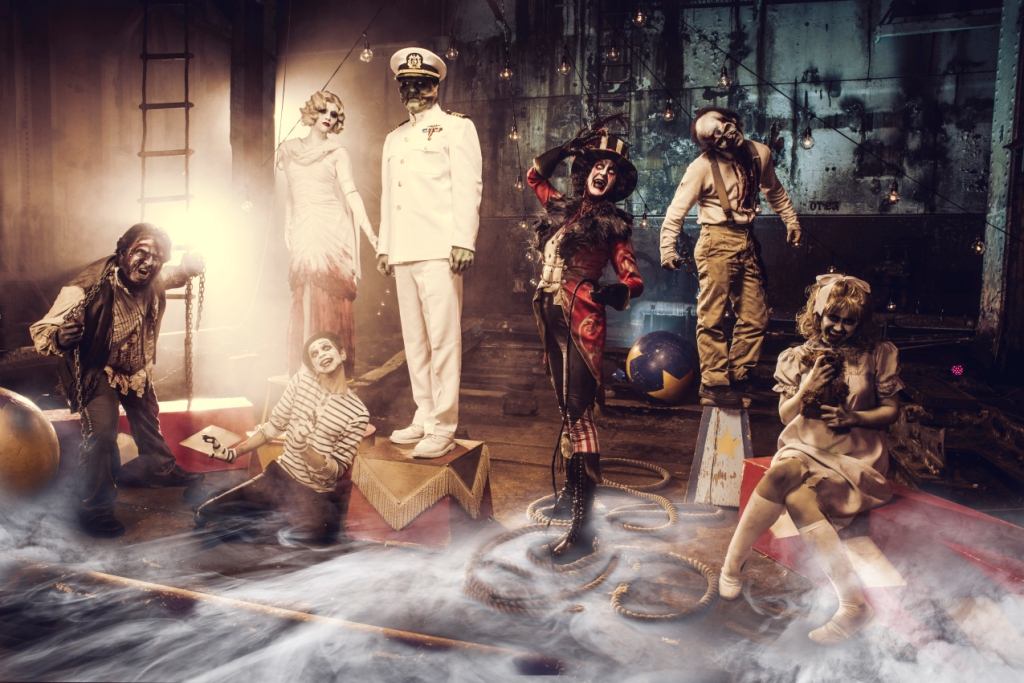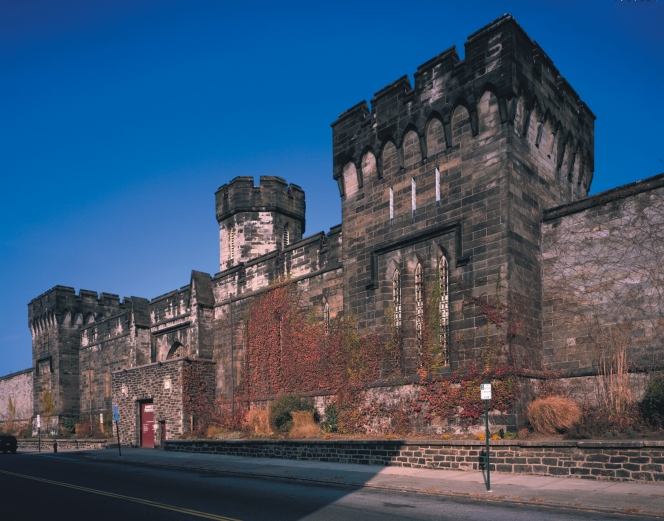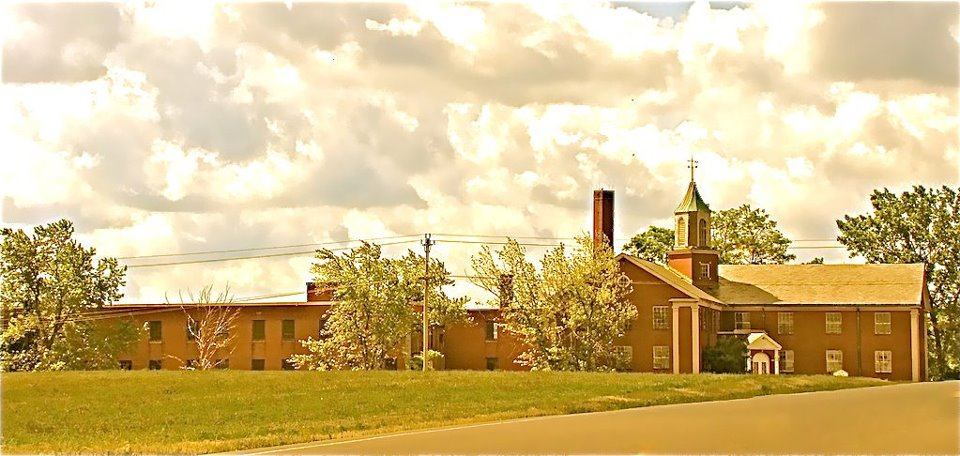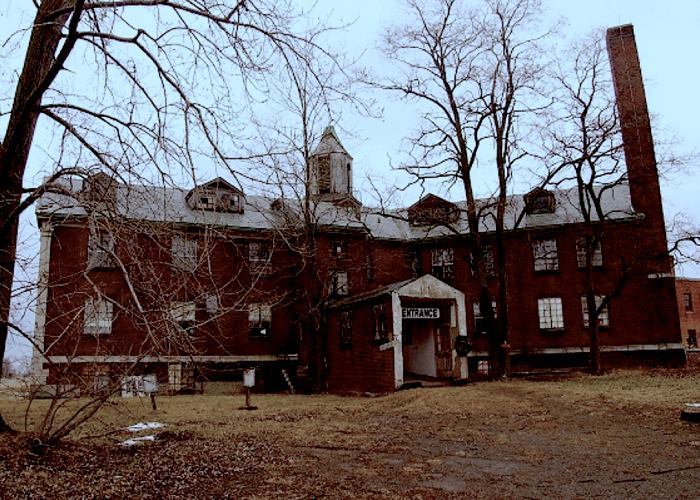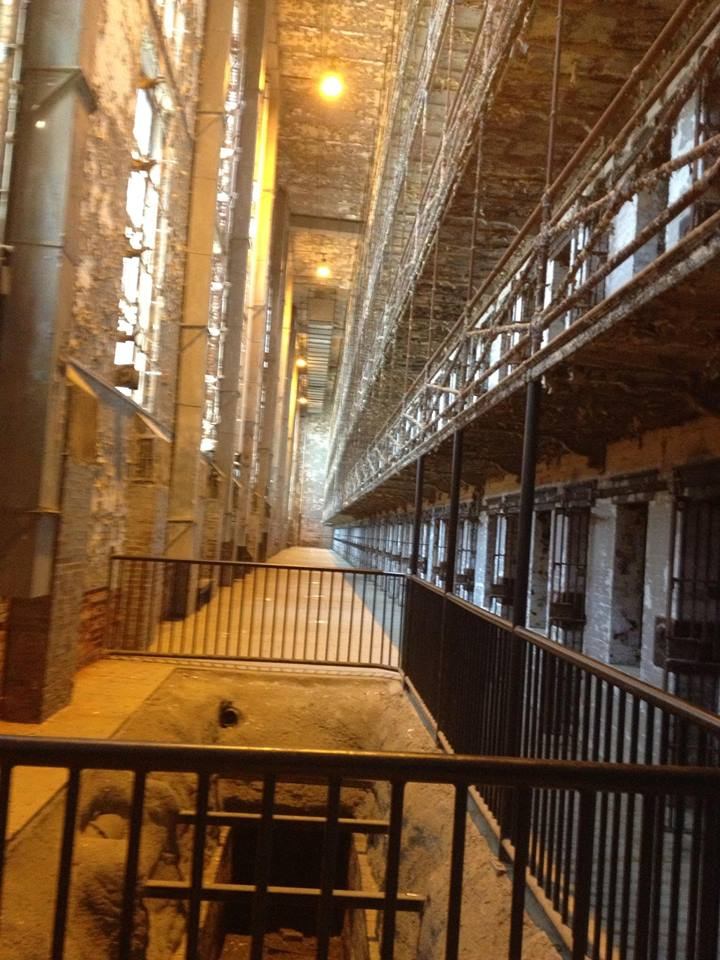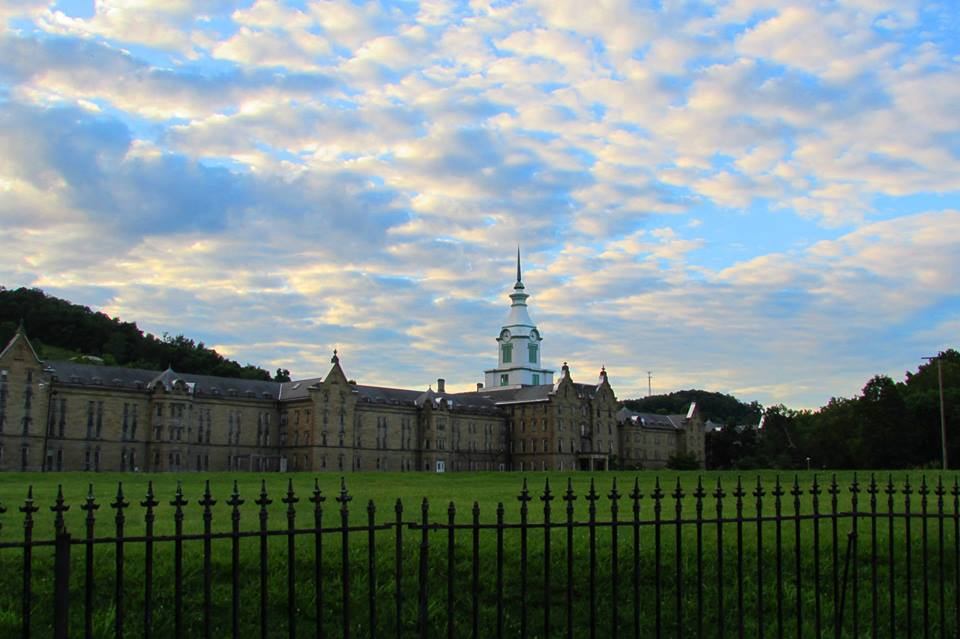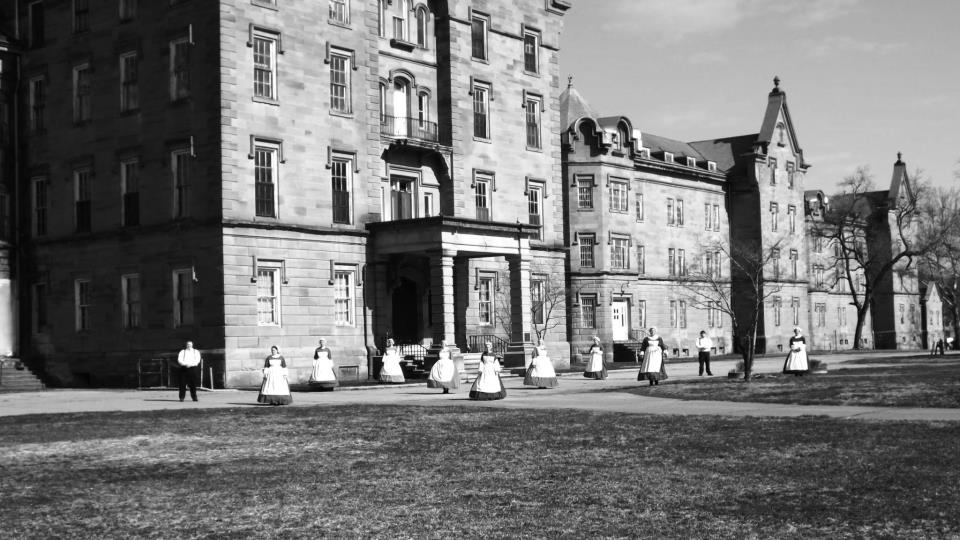If you’re interested in Halloween events, it’s easy to find scary mazes, hay rides, and haunted houses. But what about visiting places that are actually haunted? Some of the more interesting—and terrifying—Halloween events are taking place inside buildings with a past. It’s the history within each location’s walls that makes these haunted places that much scarier. Keep reading to learn more about these unique locations—and if Halloween events aren’t your thing, they also have ghost tours throughout the year.
R.M.S. Queen Mary in Long Beach, California
While the Queen Mary may be a bit rough around the edges and possibly haunted now, it was once an elegant vessel. Construction began in 1930 in Clydebank, Scotland, and the ship was set to be named the Queen Victoria in honor of King George’s grandmother. When the builders came to King George with the idea, he misunderstood and thought the developers were going to name the ship after the current queen, his wife, Queen Mary, so they changed their plans.
The Queen Mary left England, crossed the Atlantic in 1936 on her maiden voyage, and enjoyed three years of steady success. With five dining areas and lounges, two cocktail bars and swimming pools, a grand ballroom, a squash court, and a small hospital, this ship was one of the most elegant. It attracted a wealthy clientele—including celebrities like Clark Gable and Bob Hope—as well as royalty like the Duke and Duchess of Windsor.
When World War Two began, the ship docked in New York and was transformed into a troop ship. The luxury amenities were stripped and the exterior was painted grey. The ship was temporarily known as the Grey Ghost because of its color and speed—it could hold 16,000 soldiers while traveling at 30 knots.
After the war, the Queen Mary was restored to its original state (as much as possible) and resumed carrying civilian passengers in 1947 for almost another two decades, but never with the success of its first years.
Air travel made the need for sea travel decline, and eventually the developers sold the Queen Mary. She made her last voyage to Long Beach, California in 1965, where she has resided as a floating hotel and attraction.
Several tragic events, such as a woman’s disappearance in 1939 and a mass murder in 1948, occurred during the many years of the ship’s operation, something terror-seekers can find in the annual event Dark Harbor. The event features a few different “monsters” based on real events, such as Scary Mary, the ghost of a child who drowned in the Queen Mary pool in 1952, and “Half Hatch Harry,” a firefighter who was fatally crushed by a hatch door aboard the Queen Mary while completing a dare in 1966. Guests will have the opportunity to navigate two different mazes and possibly interact with the dead. Check out the event here.
Eastern State Penitentiary in Philadelphia, Pennsylvania
The Age of Enlightenment was a time of progressive, humanistic reformation of certain institutions, such as universities, medical practices, government, and prisons, which is how the Eastern State Penitentiary came to be. During a meeting at Ben Franklin’s home in Pennsylvania, a few famous thinkers decided it was time to look into the prison system’s cruelty and ineffectiveness to improve the morality of criminals—at the time criminals were held in unsanitary, abusive communal pens rather than in individual cells with specific schedules and rules—and create a structural body that would not only keep criminals locked up, but also make them feel remorse over their actions without violence and foul treatment.
The Eastern State Penitentiary opened in 1829 and implemented radical changes for inmates that were intended to be helpful, but ended up being equally harmful. Each prisoner had an individual cell, but was completely isolated from human interaction, including the guards. When the inmate was out of his cell, he would be draped in a cloak without eyeholes, and was never allowed to receive outside visitors. Surprisingly, each inmate had access to running water and central heat, in an era where even the White House lacked both of these amenities. But these were the only two luxuries inmates saw.
Due to the alarmingly torturous, solitary confinement nature of imprisonment at the penitentiary, many wondered how humane this new structure was. Regardless, the prison format spread, comprising almost half of all prisons constructed in the 19th century. Luckily, the government began listening to critics and this form of imprisonment was abandoned in 1913, but some of the restless spirits of this time are said to still roam the corridors.
The penitentiary was slowly reformed over the years and expanded to allow for more human interaction and general congregation areas. Several inmates inhabited each room, and inmates were allowed to work together in places like the kitchen and the library. Famous inmates during this time included Al Capone and bank robber Willie Sutton.
The facility was shut down in 1971 due to a staggering need for repairs, and eventually the building became an educational non-profit and began giving tours in 1994, with no intent to re-open the facility as a prison.
Many paranormal investigations have been conducted here, and now everyday citizens can find out for themselves in the Halloween series, Terror Behind the Walls. The penitentiary is populated with actors who “haunt” the building, but that’s not to say you might not see a real ghost, too. They also offer daytime tours. Click here to learn more.
Rolling Hills Asylum in Bethany Hills, New York
Rolling Hills Asylum, originally known as the Genesee County Poor Farm, opened in 1827 as a safe haven for the socially inept and unfortunate, including orphans, those with tuberculosis, habitual drunkards, lunatics (via illness or old age), state paupers who were blind and/or deaf, and the homeless. The poorhouse was self-sufficient, employing residents as farmhands on their 200 acres of land to help raise animals and crops, which kept the cost of care down to $1.08 per resident per week in 1871.
The facility changed forms several times over the years. In 1828, a separate building was enacted specifically for the mentally unstable, but after 1877, the psychologically unwell were sent elsewhere in the state to receive treatment by themselves. The facility remained a community center for the destitute until 1974, when a newer facility opened nearby. Much of the ex-asylum was turned into shops, and it was then that vendors began noticing disturbing sights and sounds.
The Asylum has a particularly tragic history, with over 1,700 documented deaths. It is believed that many of these inhabitants still roam the halls today. Rolling Hills goes against the grain of other haunted Halloween events by opting not to hire actors for their scare-fest. No special effects are used either, which leaves guests to explore the grounds in their natural, paranormal state. They host short, one-hour tours and also overnight tours, and even offer introductory ghost-hunting lessons, complete with equipment rentals. Check out their Ghost Tour options here.
Ohio State Reformatory in Mansfield, Ohio
The Ohio State Reformatory may be best known as the filming location for The Shawshank Redemption, but this ex-prison is quite possibly a home for a few ghosts as well.
The Ohio State Reformatory, like the Eastern State Penitentiary, was considered a huge step in improving prison conditions in the US in the 19th century. Construction began in 1886, and with it came the first prisoners to help the process. Labeled as an “intermediate prison” for first time offenders, the architect, Levi T. Scofield, used three different architectural styles—Victorian Gothic, Richardsonian Romanesque, and Queen Anne—that, combined, were intended to encourage prisoners to find a rebirth and return to a more spiritual existence.
Construction was completed in 1910, and conditions started to deteriorate shortly after, especially when the prison began accepting second-time offenders, due to high crime rates.
The Ohio State Reformatory’s mission was penance, but this particular facility bred cruel conditions and resentment. Prisoners evidently “labored in silence during the day and were locked in solitary confinement at night,” with some inmates even referring to the prison as a concentration camp. Rats, disease, and violence ran rampant, and riots were not infrequent. Many prisoners committed suicide to escape, such as one man who set himself on fire and another who hung himself.
By 1990, the facility was shut down due to an overwhelming amount of complaints from human rights activists, with a total of 154,000 inmates inhabiting the prison’s walls at one point or another. Over 200 unmarked graves perch outside the penitentiary, and the spirits of said prisoners are said to roam the halls. Paranormal experts have reported feeling cold spots and have taken photos that display inexplicable orbs of light, which they say are indicative of a spirit.
The ex-reformatory is open to the public, as Supernatural II, through the beginning of November. Supernatural II employs actors to up the fear-ante. Find pricing and scheduling details here.
Trans-Allegheny Lunatic Asylum in Weston, West Virginia
The Trans-Allegheny Lunatic Asylum was designed to house 250 patients, but, at its height, housed more than 2,400, which led to rather uncomfortable conditions for residents, who may or may not haunt the walls today. They closed shop in 1994 due to generally poor conditions, which devastated the small town of Weston, West Virginia, which has allegedly never covered from the economic downfall.
Trans-Allegheny, the largest hand-cut stone masonry building in America, was built between 1858 and 1881 and revolutionized the treatment of the mentally ill. Dr. Thomas Story Kirkbride designed the airy and sunny layout of the building in an attempt to provide moral treatment of the clinically insane, but unfortunately his wishes didn’t completely come to fruition. The psychologically unstable of this era were sometimes chained and housed in overcrowded dungeon-esque facilities, and Kirkbride had a hunch this wasn’t helping them.
Construction was halted during the Civil War, when ownership flip-flopped between northern and confederate forces. When the war ended, growing Trans-Allegheny was again a priority. Because of the the facility’s success, Weston was one of the few towns that did not experience a post-war economic drop, despite the tragedy that often occurred within the sprawling facility due to overcrowding and a lack of knowledge to treat the mentally ill.
Hundreds have died over the 130 years of operation—some in tragic, although unclear ways, which is something ghost hunters have been trying to learn more about for years. Trans-Allegheny offers a variety of different tours, including overnight tours for the brave. This year, the October Ghost Hunt includes an exploration of the medical center, forensics building, and geriatrics unit. More information can be found here.
Want to learn about more Halloween events? Check out:
- Ghost Tours & Black Dinners: 13 Halloween Events at Hotels
- Zombie Runs & Events to Help You Prepare for the Apocalypse
- Tombstone Tourism: Cemeteries to Visit Around the World
By Brittany Malooly for PeterGreenberg.com











